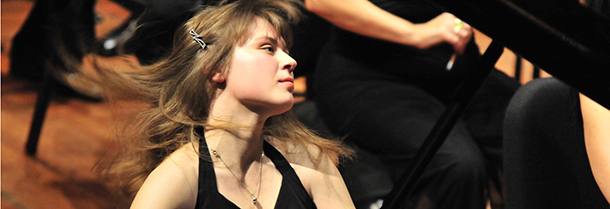Tag: Toru Takemitsu
-

PROGRAM NOTES: ANNA FEDOROVA
Wolfgang Amadeus Mozart Fantasia in D minor K. 397 Mozart’s D minor Fantasia is a bundle of mysteries; an intriguing sound-puzzle for the listener but a labyrinthine minefield of interpretive choices for the pianist. Mere slavish attention to the details of the printed score—the motto and creed of historically informed pianism—risks missing the point entirely in a…
-

PROGRAM NOTES: AUGUSTIN HADELICH
Robert Schumann: Violin sonata No. 1 in A minor, Op. 105 Schumann wrote both of his completed sonatas for violin and piano in 1851. His wife Clara played the piano parts at their public premieres with violinists Ferdinand David (No. 1 in 1852) and Joseph Joachim (No. 2 in 1853). Though frequently recorded, these…

